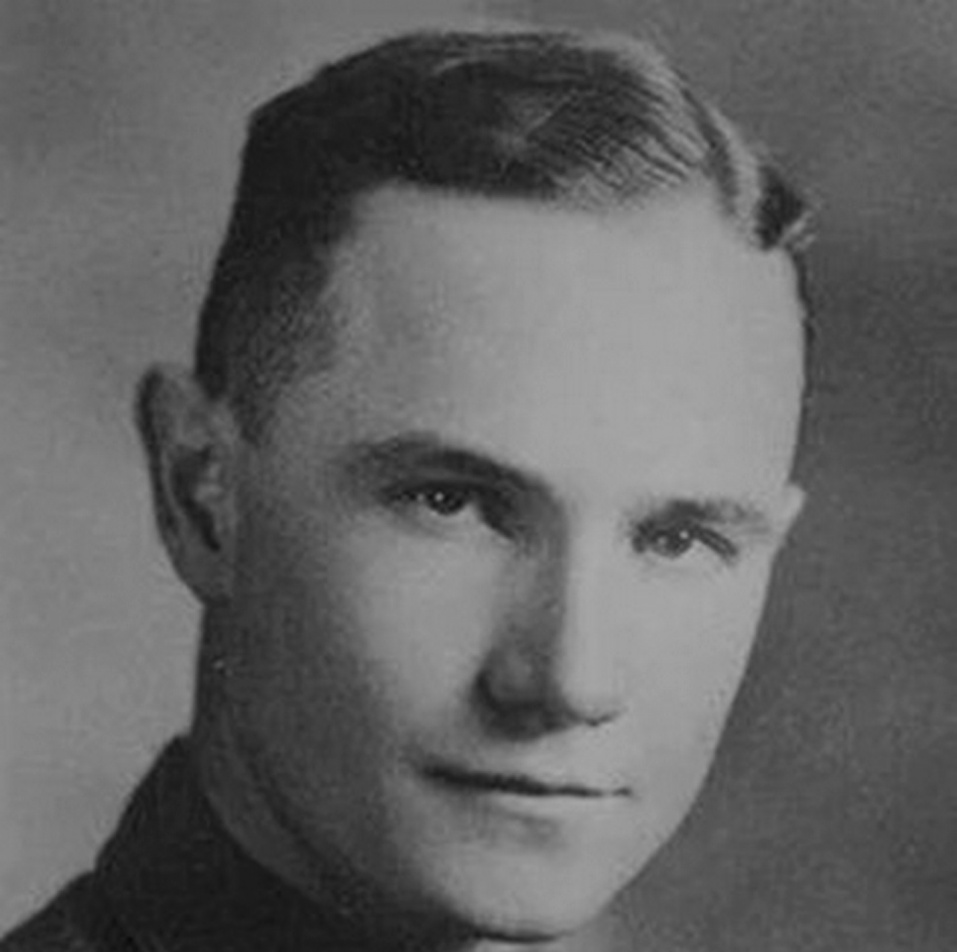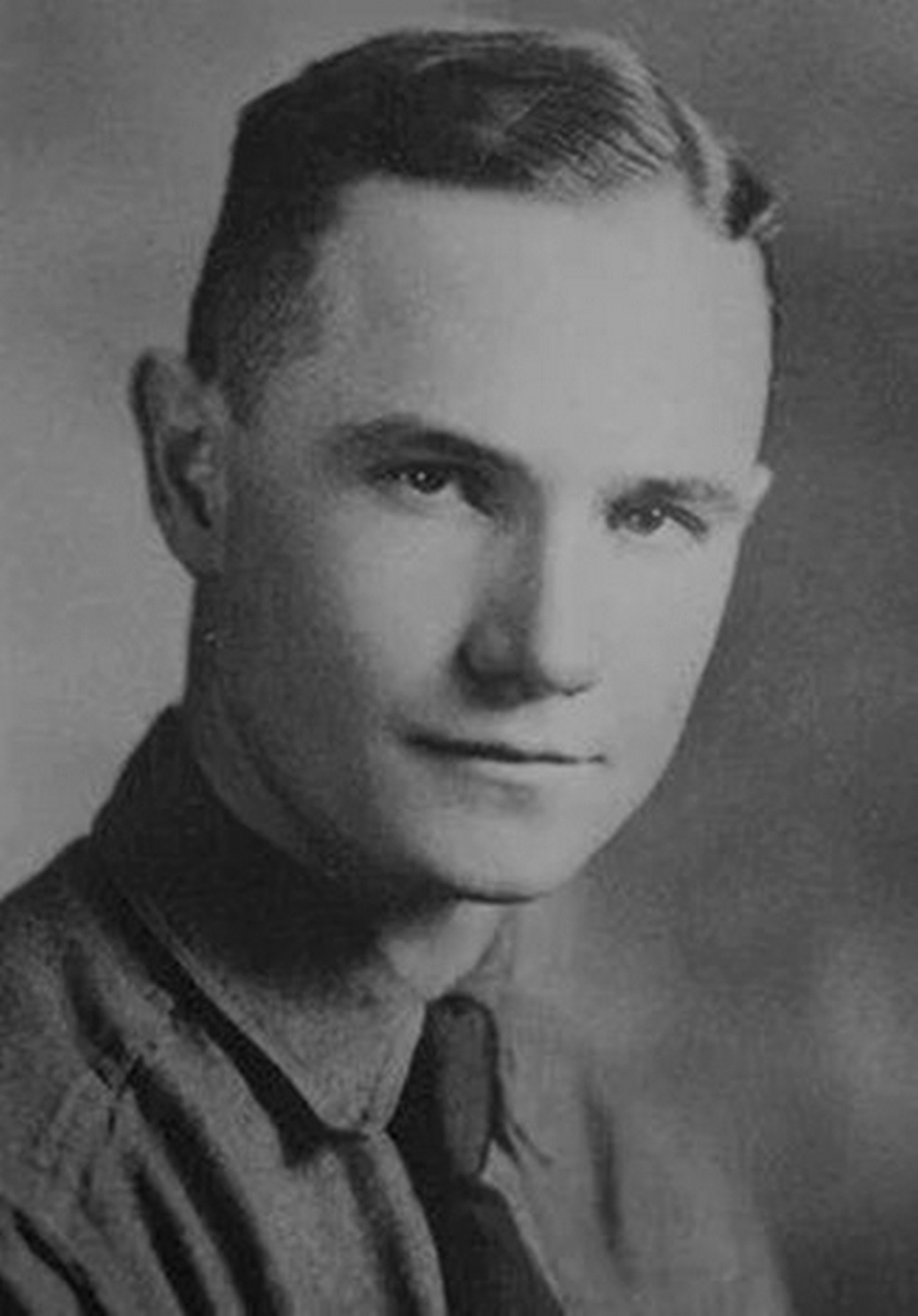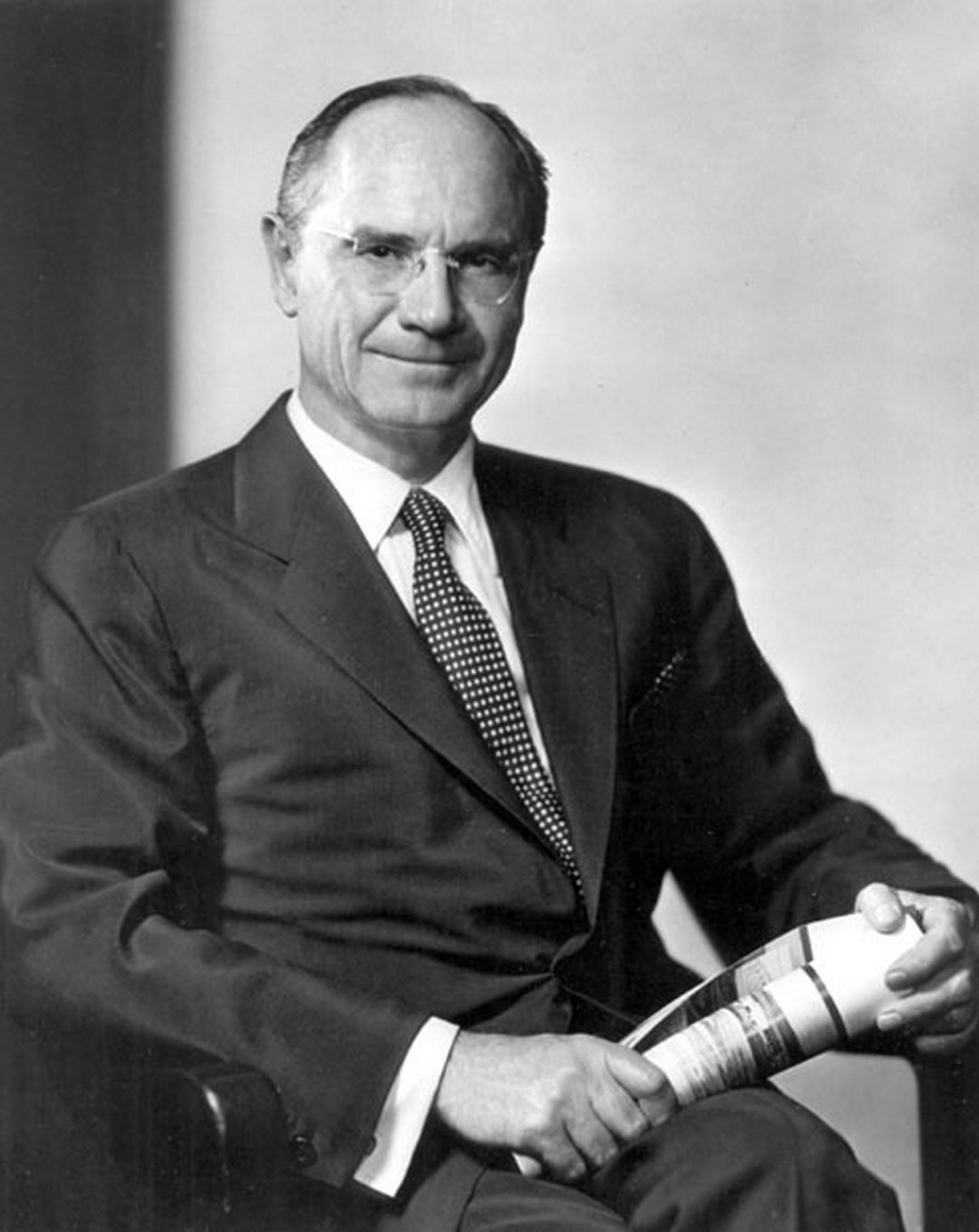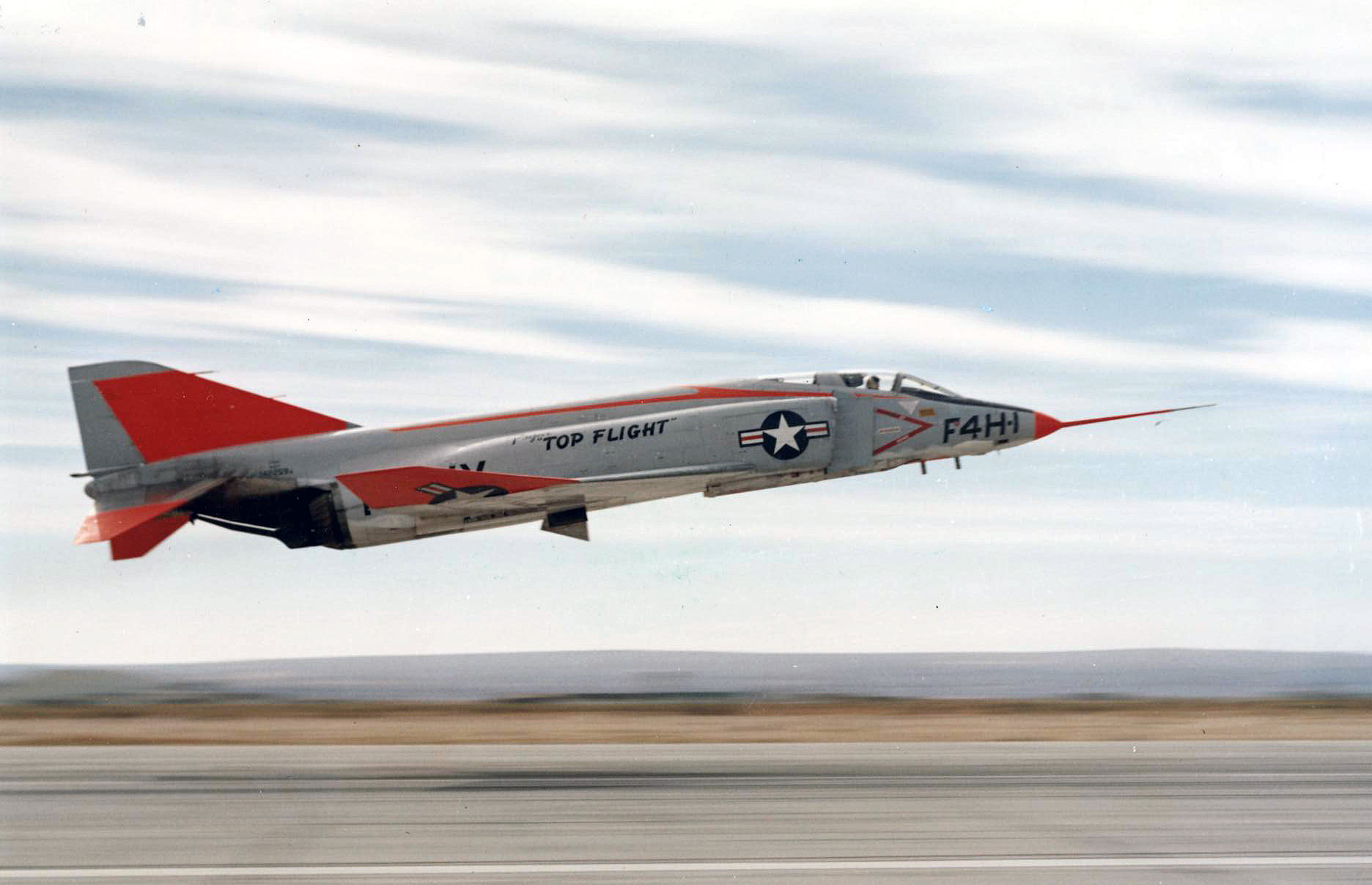The Path to Success of James McDonnell

On April 9th, it marked the 125th anniversary of the birth of James Smith McDonnell, the founder of the globally renowned aerospace company McDonnell Aircraft Corporation. He was born in 1899 in Denver, Colorado, USA, to a family of Scottish descent. James grew up in Little Rock, Arkansas, where he attended the city's finest high school. The young man showed aptitude for the exact sciences and developed a keen interest in aviation. The family's financial situation allowed him to receive a solid education. In 1921, James graduated from Princeton University, and in 1925, he obtained a master's degree in aeronautical engineering from the Massachusetts Institute of Technology.
The talented young professional was invited to join the Stout Metal Airplane company, which had recently been acquired by the American industrial giant Ford Motor Company. There, he immediately became involved in the development of the advanced for its time all-metal aircraft Ford 4-AT Trimotor. However, the ambitious McDonnell did not linger in this prestigious position, nor in two other companies. The role of a hired employee clearly did not satisfy him.
In 1928, McDonnell founded his own company, J.S. McDonnell & Associates. There, he assembled a small team of designers who designed the lightweight aircraft Doodlebug, which became the first product under the McDonnell brand. However, the project turned out to be unsuccessful, and the "Great Depression" began, forcing James to close his firm.
He joined more successful colleagues, including working at the well-known aircraft manufacturing company Glenn L. Martin Company. But as the economic situation in the US improved, McDonnell once again embarked on creating his own enterprise. In July 1939, he founded the McDonnell Aircraft Corporation, headquartered in St. Louis, Missouri.
Initially, the company had only 15 employees. However, during World War II, McDonnell secured lucrative contracts for the production of aviation parts and individual components. The company quickly expanded, and by 1945, it employed over 5,000 people. Yet, its own developments did not fare as well. For example, the heavy fighter XP-67 Bat seemed promising but encountered numerous problems, and the project did not progress beyond testing a single prototype. The winged anti-ship missile LBD-1 Gargoyle supposedly had even greater chances of success but remained only an experimental platform.
McDonnell was one of the first to realize that a new era was dawning in aviation. Even in the middle of the war, his company began designing jet aircraft. This focus eventually led to long-awaited significant successes. In January 1945, the prototype of the carrier-based fighter FH-1 Phantom took to the skies. It went into production, and although only a few dozen were produced, they paved the way for other aircraft.
By the late 1940s, McDonnell Aircraft's military planes were being built by the hundreds. Yet, the company still remained in the shadow of more powerful aerospace manufacturers. It finally stepped into the limelight after the creation of the supersonic fighter F-4 Phantom II in 1958. It became one of the world's most famous aircraft, with over 5,000 units produced, successful combat records, deliveries to many countries, and some still in service. Additionally, McDonnell continued to develop missile systems and obtained a significant share of work in the Mercury and Gemini space programs.
However, McDonnell realized that his company had a significant bias towards military projects, and thus, a dependency on government contracts. He believed that business would develop much more harmoniously if civil programs were added. The opportune moment to take such a step came in the late 1960s when the renowned passenger and transport aircraft company Douglas Aircraft faced a cash flow shortage. After fruitful negotiations, in 1967, the joint venture McDonnell Douglas was formed. James McDonnell led the new entity.
The entrepreneur's personal life was not without tragedy. In 1949, his wife Mary passed away, leaving him with two sons. He remarried only seven years later. He also adopted the children of his second wife Priscilla.
James McDonnell led the McDonnell Douglas company until his final days. He passed away on August 22, 1980.
Rostyslav Marayev
Photo
1 - James McDonnell. Mid-1920s
2 - James McDonnell. 1965
3 - Doodlebug aircraft, the first product under the McDonnell brand. 1929
4 - FH-1 Phantom carrier-based fighter. 1945
5 - F-4 Phantom II fighter. 1958

 Fan-page
Fan-page Youtube
Youtube TikTok
TikTok Aviamuseum
Aviamuseum State Aviation Museum
State Aviation Museum




